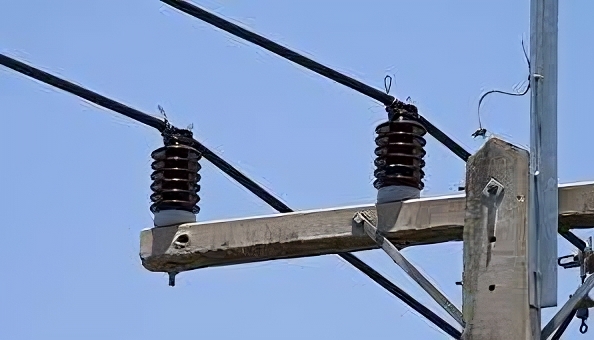Power transmission systems use a lot of electric cables and components for easier energy transmission. The post insulator supports and insulates electrical conductors in various power applications. Post insulator is a cylindrical or rectangular-shaped insulating component made of materials like porcelain, glass or composite. The devices can be mounted on transformers, circuit breakers or switchgear. Post insulators work in applications with high voltage levels like power transmission and distribution systems. They also provide mechanical support, electrical insulation and environmental protection to ensure the safe and reliable operation of the electrical equipment. The design varies depending on specific applications, voltage requirements, and factors such as voltage rating, mechanical strength, environmental resistance, and electrical performance.
Components of the post insulator
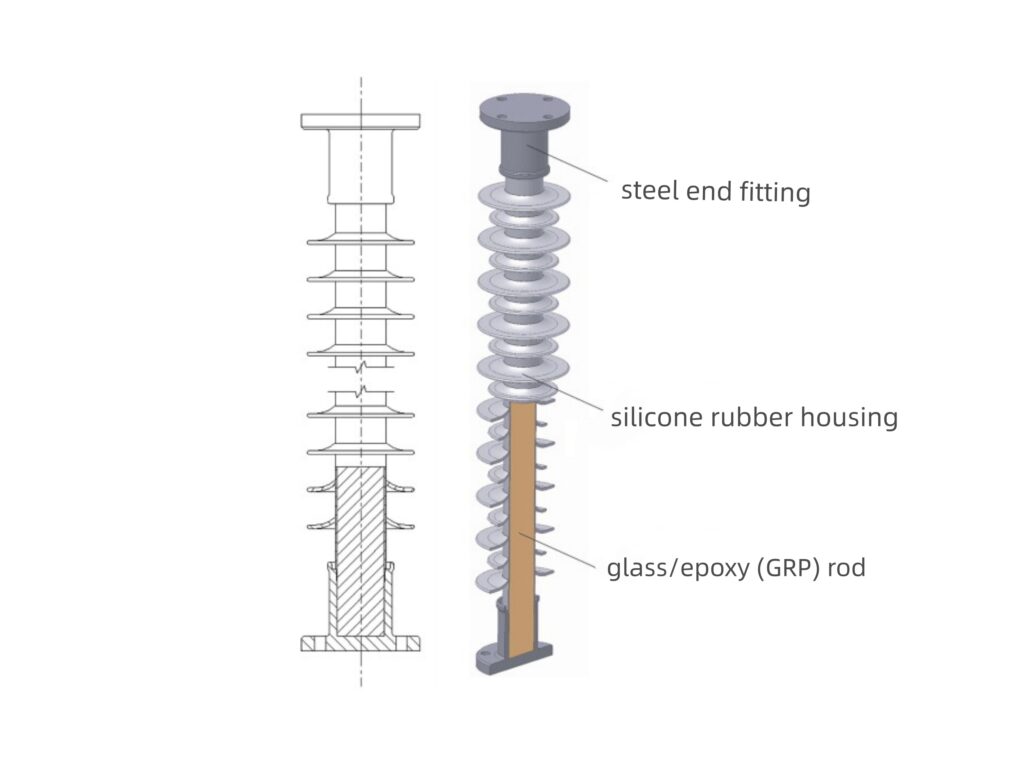
The post insulator is made up of different components that allow efficiency during insulation in the transmission lines. Their design and components also vary depending on voltage rating, application requirement and specific manufacturer designs. They work together to provide electrical insulation, mechanical support and safe operation in various electrical equipment and systems. Below are the typical components of it.
- Insulating core
This is the central part of the post insulator made of non-conductive material like porcelain, glass or polymer. It provides the primary electrical insulation and supports the conductive fittings or terminals. - Conductive fittings
Post insulators have conductive fittings at each end which are made of metal and serve as connection points between the insulator and the associated electrical equipment. The fittings provide electrical connectivity for the energized conductor and allow the insulator to be mounted on the supporting structures. - Mounting components
The insulators require hardware and mounting components to secure them to the supporting structure or electrical equipment. They include metal flanges, clamps, bolts among others. These components allow proper alignment, stability and mechanical strength of the insulator assembly. - Leakage path
The leakage path provides additional surface distance and improved pollution performance by creating a longer electrical path along the insulator’s outer surface. - Grading rings
Grading rings work in areas with high-voltage post insulators to help distribute the electrical field more evenly along the insulator surface. This helps reduce the risk of electrical stress concentrations and corona discharge.
Types of post insulators used on transmission lines
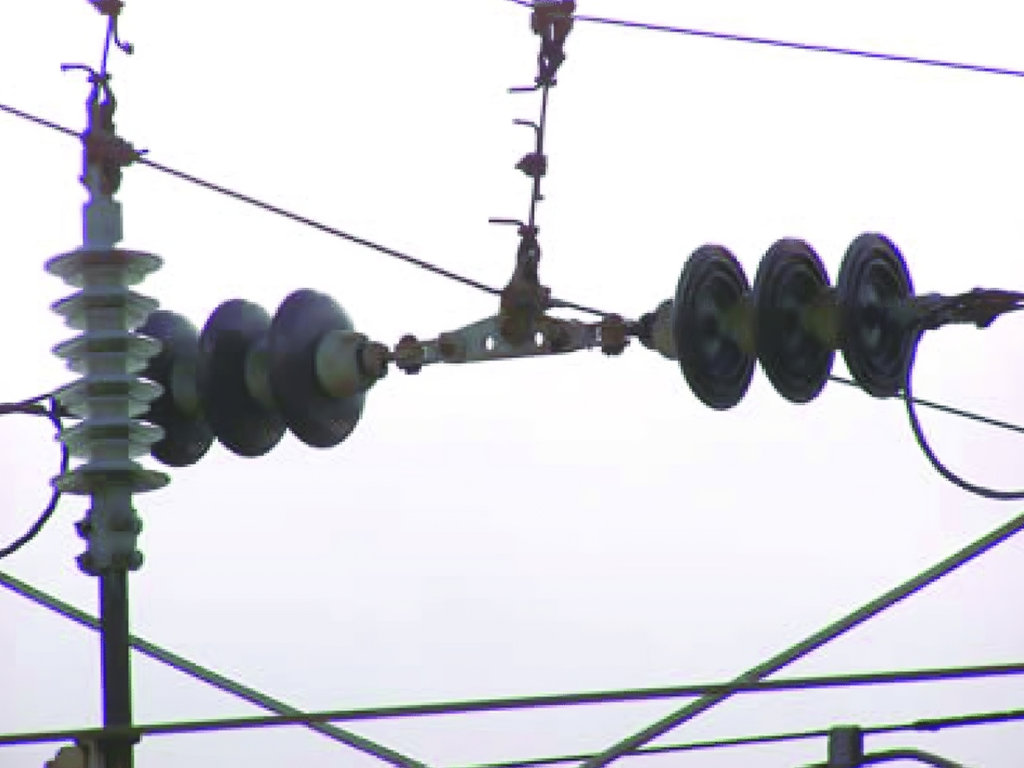
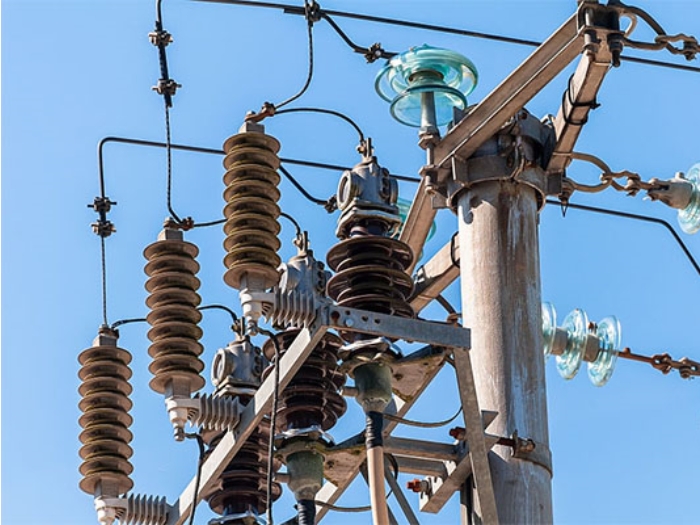
There are two main types of post insulators used on overhead transmission lines. However, they are chosen according to the material they are made from which consists of porcelain, glass or polymer. The two types of post insulators are designed to provide electrical insulation and mechanical support in overhead transmission lines. The two main types of post insulators are as detailed below.
- Suspension post insulators
The suspension post insulators are used in overhead transmission lines to support the conductors and provide insulation between the conductors and supporting structures. They consist of a solid insulating core made of materials like porcelain or polymer. It is attached to the conductor through a suspension assembly which includes metal end fittings and an insulator cap. It allows the insulator to be suspended from the supporting structure while providing electrical connectivity to the conductor.
They are installed in a string or series of insulators with each insulator providing a voltage rating. Suspension post insulators can handle high mechanical loads caused by conductor weight, wind, ice and line tension. - Strain post insulators
These are also known as line post insulators used in areas of overhead transmission lines where the conductors change direction or require additional support. They withstand mechanical stresses caused by conductor tension and line configuration changes. They are shorter in length than the suspension post insulators and consist of a solid insulating core made of porcelain or composite. This core has a metal end fitting for connection to the conductor and supporting structure. The straining post insulator is installed in vertical or angled configurations to provide additional support and maintain proper conductor alignment. They also absorb and distribute the mechanical forces along the length of the insulator to reduce stress on the conductor and the supporting structure.
Implementation of the post insulator
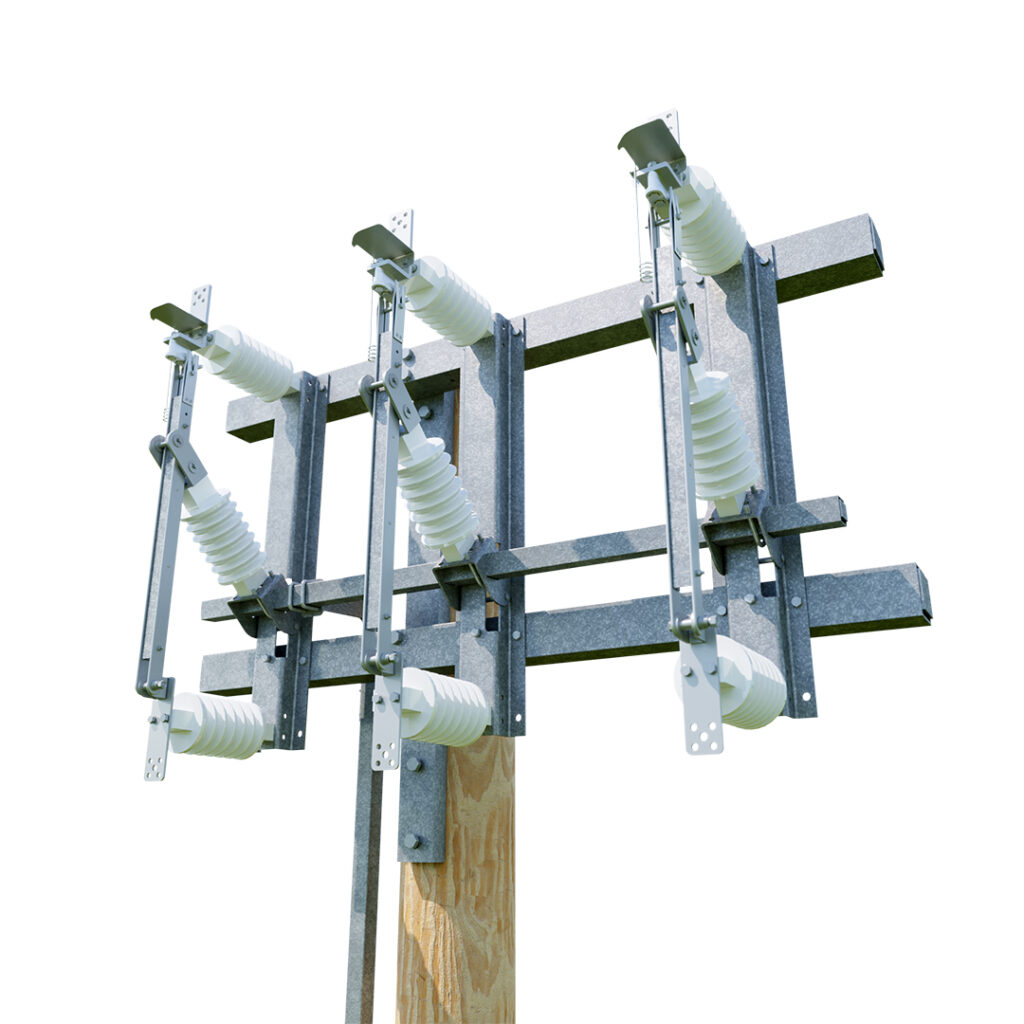
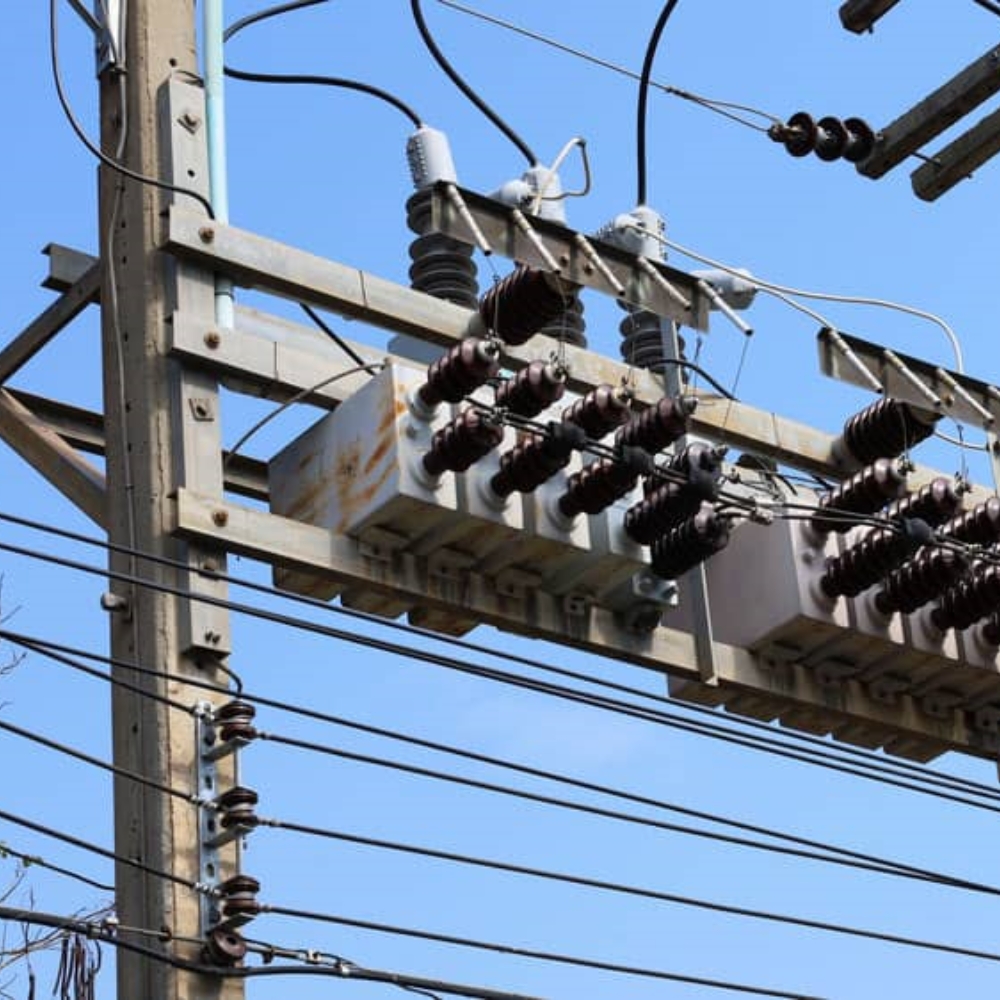
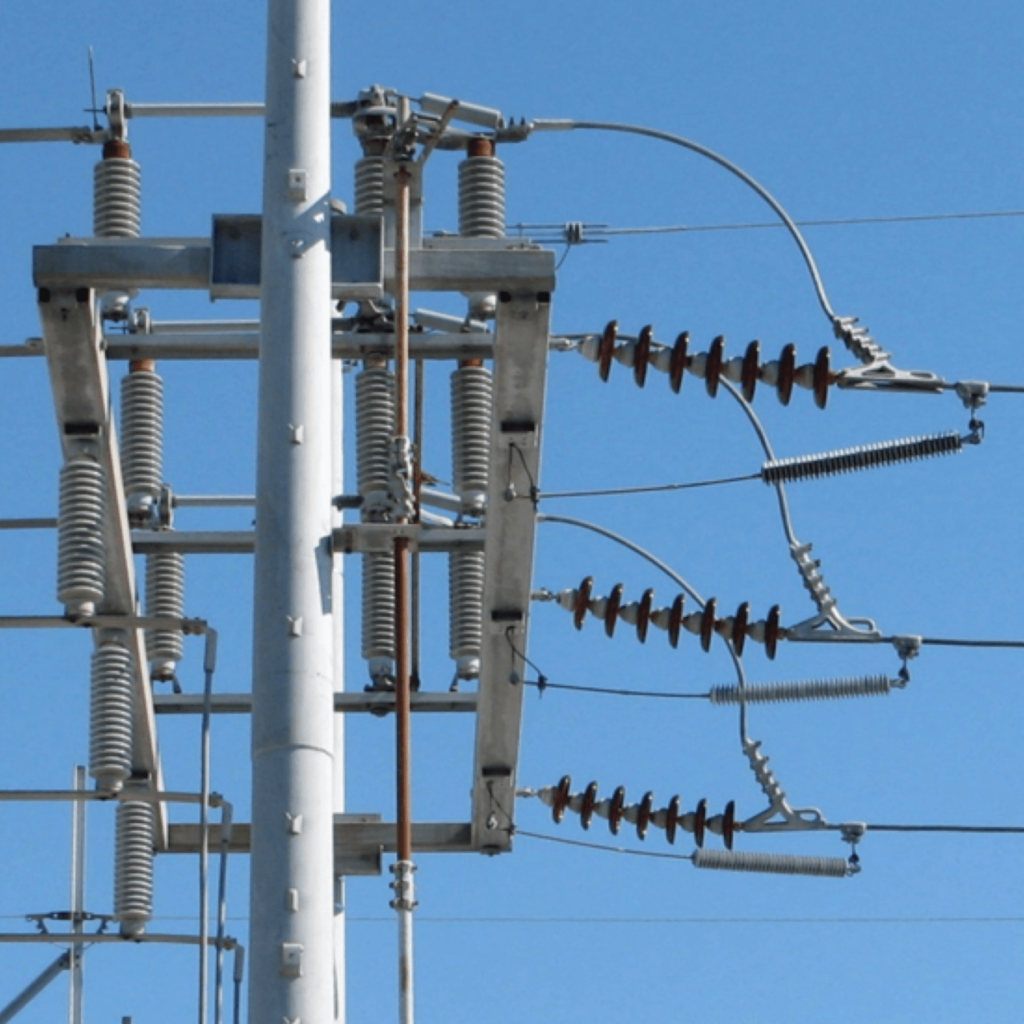
Post insulators work in various electrical applications where the primary focus is on providing electrical insulation and mechanical support. They are designed to meet specific voltage ratings, mechanical load requirements and environmental conditions. They also ensure the safe and reliable operation of electrical equipment and systems. Below are the various applications of the post insulators in detail.
- Switchgear – post insulators work in switchgear to insulate and support switching devices such as circuit breakers, isolators and load break switches in switchgear.
- Power transmission and distribution – they support and insulate the conductors and provide electrical insulation between the conductive parts of the equipment and the grounded structures.
- Capacitor banks – post insulators are used in capacitor banks to support and insulate the capacitor units.
- Instrument transformers – they also work in current transformers and voltage transformers to provide electrical insulation and mechanical support for the primary and secondary windings.
- Railway traction systems – post insulators work in electrified railways and traction systems to support and insulate overhead catenary wires or contact wires. They ensure efficient transmission of electrical power to the trains while maintaining proper electrical insulation.
- Substations – post insulators support various equipment like transformers, circuit breakers, disconnect switches and bus bars.
- Surge arrestors – the insulators work with surge arrestors to protect electrical equipment and systems from voltage surges from lightning strikes or switching operations.
Installation of the pillar insulator on the overhead transmission lines
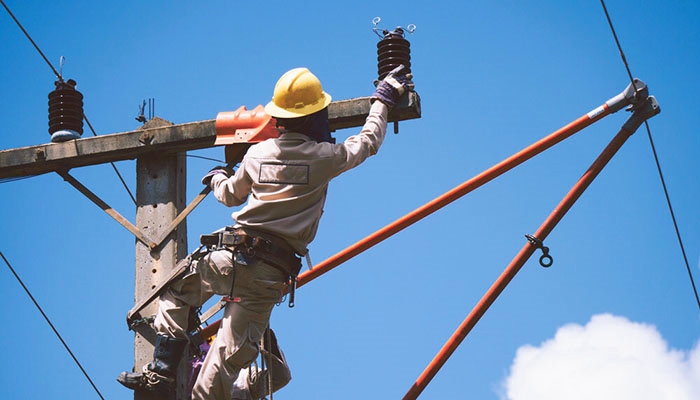
The installation of the post insulators depends on the type of post insulator, manufacturer guidelines and project specifications. You should consult with the manufacturer’s instructions and work in accordance with the applicable industry standards and safety regulations during the process of installation. Below are the various steps to follow during installation.
- Prepare all the tools and equipment to be used during the installation.
- Position and align the insulators along the transmission lines.
- Mount the post insulators to the supporting structure using the provided mounting hardware.
- Connect the conductors to the post insulators using the appropriate fittings and connectors.
- Assemble the insulator strings by connecting multiple insulators together to achieve the required voltage rating.
- Ensure that grading rings are installed and properly positioned along the length of the post insulator.
- Conduct a thorough visual inspection of the installed post insulators to check for any signs of damage or improper installation.
- Establish a regular maintenance and monitoring schedule to ensure the ongoing integrity and performance of the pillar insulator.
Selecting the premier post insulator in the market
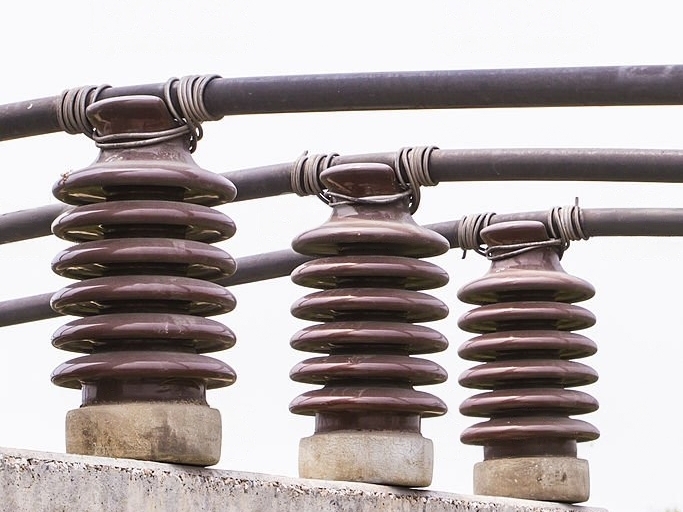
Plenty of different manufacturers and suppliers are in the market for post insulators. Choosing the best for your application can sometimes be tedious since they should meet the specific requirements for your application. It is recommended to consult with experts in the field like engineers and manufacturers to determine the most suitable one for your application. Below are the key factors to consider before selecting the post insulators.
- Determine the voltage level of your application and choose a post insulator with a voltage rating suitable for that specific voltage.
- Consider the material of the insulator that has the potential to resist environmental conditions.
- Assess the mechanical requirements of your application including conductor tension, wind loads, ice loads and seismic considerations.
- Consider a pillar insulator with good pollution performance.
- Evaluate the insulation performance of this insulator including flashover voltage and insulation resistance.
- Consider the reputation and track record of the manufacturer. They should have a record of producing high-quality and reliable post insulators.
- Consider the cost-effectiveness of the post insulator and if they meet your application requirements.
- Assess the availability and quality of technical support and after-sales provided by the manufacturer.
FAQs
A post-insulator is an insulating device used to support and insulate electrical conductors in various applications.
Post insulators have a non-conductive core made from porcelain, glass or polymer that prevents the flow of electrical current between the conductor and the supporting materials.
Electrical insulation
Mechanical support
Voltage distribution
Environmental resistance
High voltage capabilities
Flexibility and versatility
Lightweight and compact
Mechanical limitations
Fragility
Pollution performance
Surface condition
Initial cost
Compatibility
Limited flexibility

